Fairy Pokémon are technically the new kids in town, but the series’ most recent type has been around for a decade. The eighteenth type was introduced in Pokémon X and Y, and not only did it give a new, reliable counter to dragon Pokémon, it also recontextualized several old Pokémon by changing their typing to fill out this new attribute’s roster. The addition of the fairy type has felt like a “coming out” of sorts for a lot of Pokémon, and it only makes sense that queer fans would resonate with them.
Why do queer people gravitate toward fairy Pokémon?
The Pokémon series has always had characters and themes that appeal to queer fans, like stories centered around found families and characters and Pokémon that tap into queer aesthetics. But the fairy type, which is often made up of Pokémon with pastel colour palettes and hyper-feminine designs, has become a sort of mascot for queer Pokémon fan. For some, it’s because of the type’s visual design evoking the bright, flashy, fashion-forward look of queer culture. For others, fairy Pokémon run counter to external pressure of gender norms. Grey, a queer, bisexual Pokémon fan, says the fairy type’s femme visual stylings, backed by powerful attacks and stats, represent how these aesthetics that are often deemed weak by rigid, conservative ideals have an innate strength.
“Part of the shame you are told to have as a queer person is rooted ultimately in misogyny, right,” he said in an email. “Feminine aesthetics and even modes of expression are forbidden. Enter the fairy type, which is undeniably feminine and undeniably powerful. That’s how many of us feel too, or aspire to feel: strong and pretty.”
The fairy type is a force to be reckoned with in the Pokémon games. The typing was implemented to take on dragons, which were already one of the most powerful types in the Pokémon world. Fairy types only have two weaknesses: poison and steel-type moves, and they weaken dragon, dark, and fighting types. While their attacks are powerful, the fairy type also has the highest average special defence of any type in the franchise. But even though fairies are canonical powerhouses, Pokémon never loses sight of the core concept that ties them together: their beauty. Even in Pokémon Contests, fairy moves are often considered “beautiful” or “cute” when they’re used, rather than “cool” or “tough.”
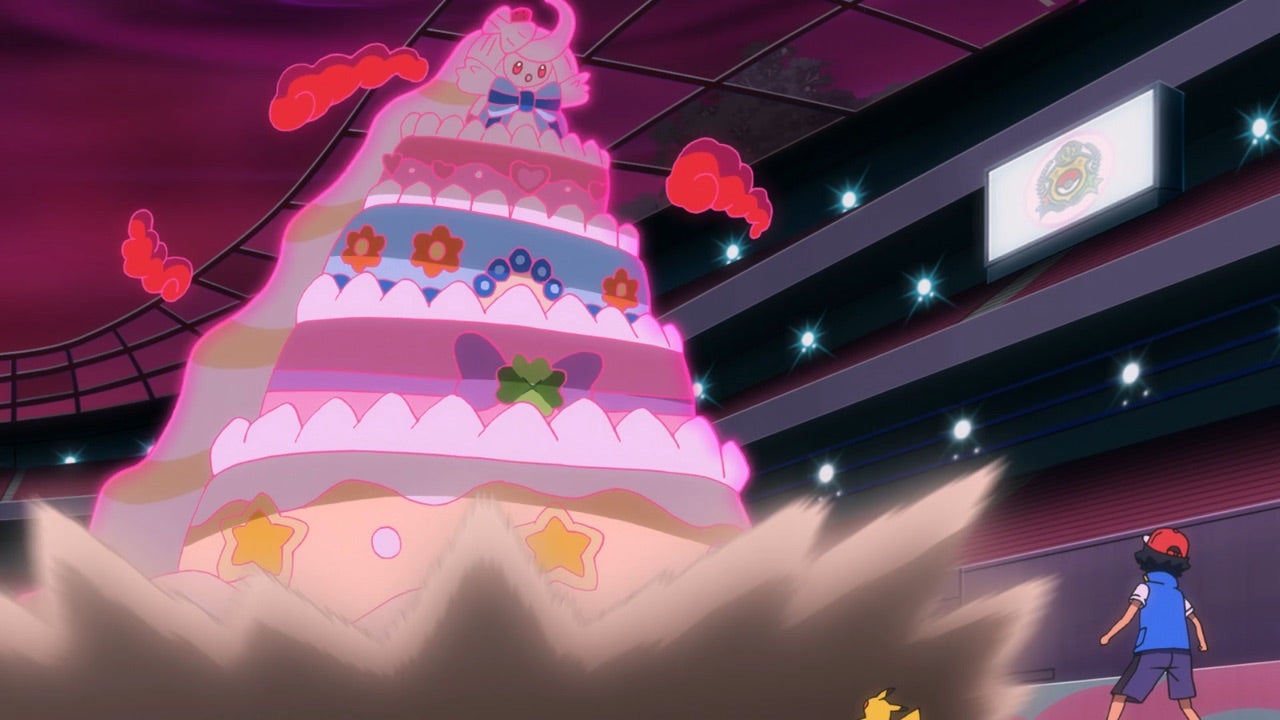
Some fairy Pokémon are based on loud, hyperfeminine aesthetics, but some of them are just little cuties based on sweets and other food. Dachsbun, which was introduced in Scarlet and Violet, is a bread-like dog based on the Dachshund. Slurpuff is modelled after a meringue dessert. Alcremie is evocative of whipped cream and Gigantamax transforms into a giant cake. For queer fans like Matt Storm, a nonbinary pansexual podcast producer who runs shows like “Fun” and Games Podcast, the raw power of the fairy type might be the appeal for some, but the softoddness of Pokémon like Dachsbun can be the draw for others.
“I feel like most fairy-type Pokémon are on the softer side,” Storm said in an email. “That or outside the norm. I think there is a lot of feeling different or odd that is inherent in navigating one’s queerness and fairy-type Pokémon also tend to stand apart or stand out. To put it simply there is a kinship in being weird lil [non-gendered] guys that draws the queer community to fairy Pokémon.”
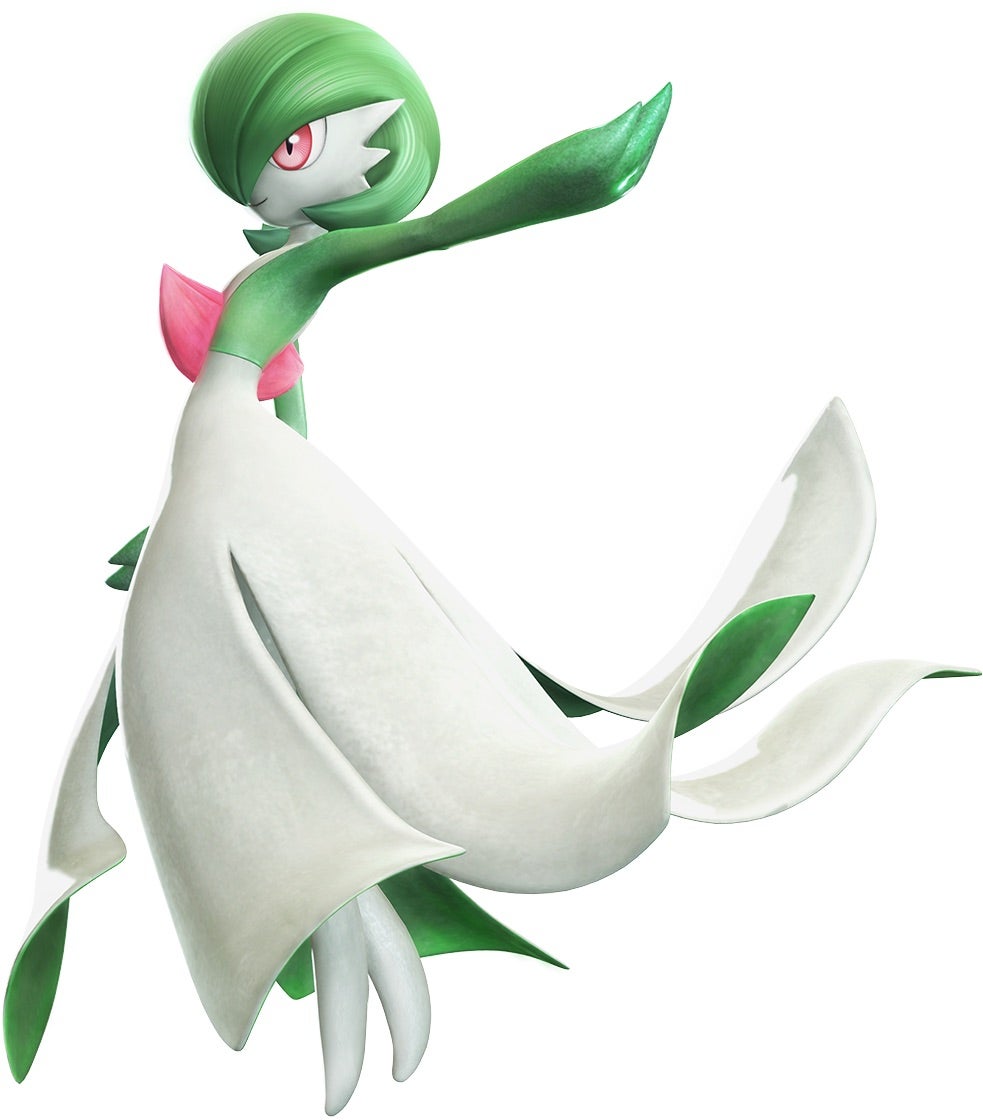
When the fairy type was introduced, it was retroactively applied to several older Pokémon, including long-time favourites like Clefairy and Gardevoir. Shivani Ishwar, a queer trans Pokémon fan, told Kotaku via email that there’s something about old favourites presenting as something new when they were originally beholden to a different descriptor, much like queer people coming out as something other than cis or straight. But also, motifs featured in their lore and moves often centre around kindness and connection, which feels in line with queer themes.
“There’s definitely something funny about it not being one of the ‘original’ types, like it kind of showed up and made space for itself in the lineup, just like queer people always have to do,” they said. “I think it’s also the fact that fairy-type Pokémon are often devoted to love, friendship, and compassion, which I think the queer community is all about. It’s magical to see the Fairy type being associated with all sorts of Pokémon, from strong to cool to cute to whimsical. And of course, the colour pink has always belonged to the gays.”
Queer Pokémon fans’ own Eeveelution
This idea of reintroducing something old with a new, fairy-type flair began with Sylveon, the fairy-type Eevee evolution introduced in Pokémon X and Y. This evolution embodies the fairy type with its ribbon-centric design and pink, blue, and white colour scheme. Sylveon is cute, but there’s a majesty to it, as well. It’s serving lewks. There’s perhaps an argument to say that it’s over designed compared to other Eeveelutions, but when has a queer icon ever toned it down? Plus, its colours are evocative of the trans Pride flag.
Eevee is a Pokémon that can evolve into one of several different options, and as such, it feels like something that is tailor-made for queer people, whose entire existence is predicated on deciding who and what you are. Sylveon, with its flamboyant and over-the-top design, feels in-line with the aesthetics of both the fairy-type and the queer community that gravitates toward it.
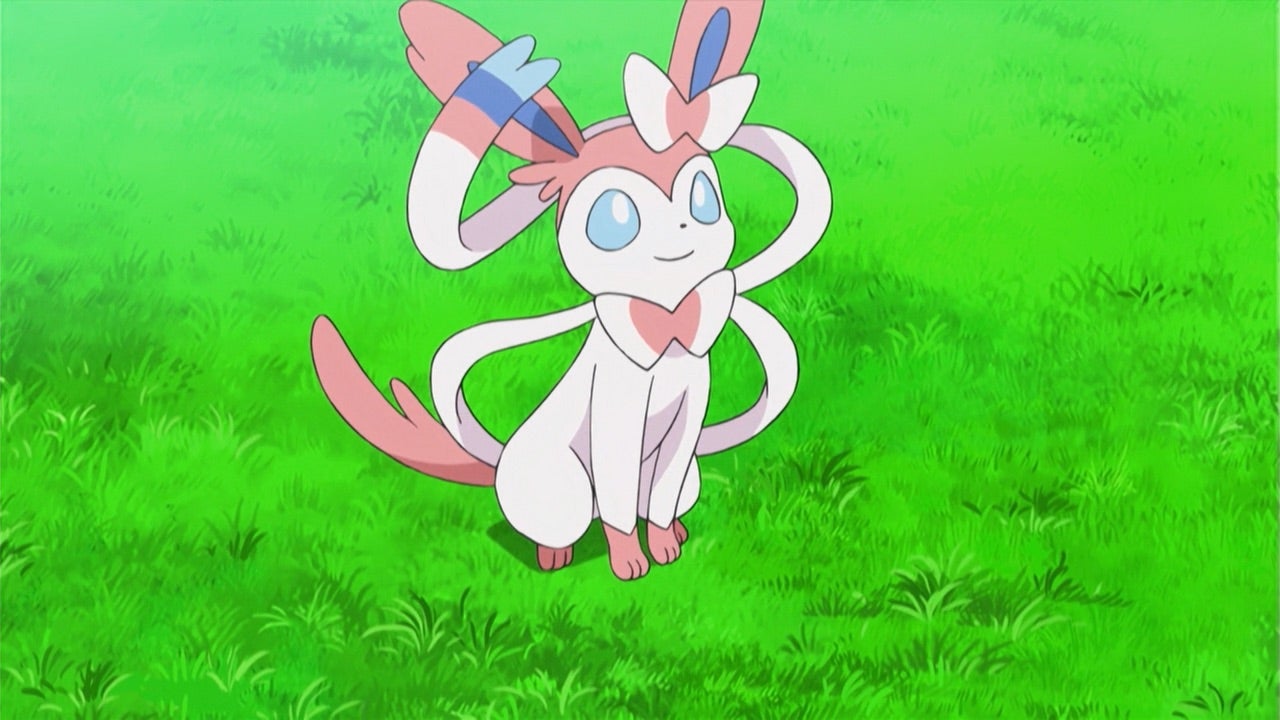
“I think the thing that drew me — and lots of other queer folks — to Eevees is that they can evolve in so many ways,” Ishwar said. “They’re a representation of raw potential, or at least that’s how I’ve always seen them. Over the years I’ve thought of myself in lots of different ways, and felt overwhelmed by trying to pick just one thing to be. These days, I try to live by values of kindness and love, and Sylveon feels like a representation of that for me.”
Though Sylveon may be a positive example of self-affirmation, not all fairy-type Pokémon have these feel-good stories in their lore. Mimikyu, a ghost and fairy-type Pokémon introduced in Pokémon Sun and Moon, is only ever seen wearing a makeshift Pikachu costume because it wants to be as well-loved as the series’ mascot. Ari Bryant, a transmasc nonbinary fan, says the storyline of a Pokémon attempting to be seen as something it’s not so it can be accepted in certain spaces strikes a chord.
“I think my love for Mimikyu can easily be boiled down to ‘hey, this little guy is putting on a costume to be loved and seen like Pikachu, isn’t that messed up? And something about how gender is like a performance that’s hard to pass for me,” they said in an email. It was right around the time I was figuring out my trans identity too, I just couldn’t place what was making me empathise with that concept so much yet.
The notion of deciding who and what you want to be isn’t exclusive to Eevee or Mimikyu. There are several Pokémon over the series’ lifetime that have diverging evolutionary paths, and others that have the option to choose to evolve or not. This was an ongoing character beat for Ash Ketchum’s Pikachu in the Pokemon anime, and while he might not be the star of the show anymore, his decision in the early episodes to not use a Thunderstone is an example of how one’s own bodily autonomy can be paramount in the Pokémon universe. Nicole Hill, who co-hosts Outta Pocket alongside Donnalie Jamnah, a Pokémon podcast from two Black, queer fans,, says that while some of these themes might not be intentional, Pokémon does far more for queer fans than just presenting cute aesthetics they vibe with.
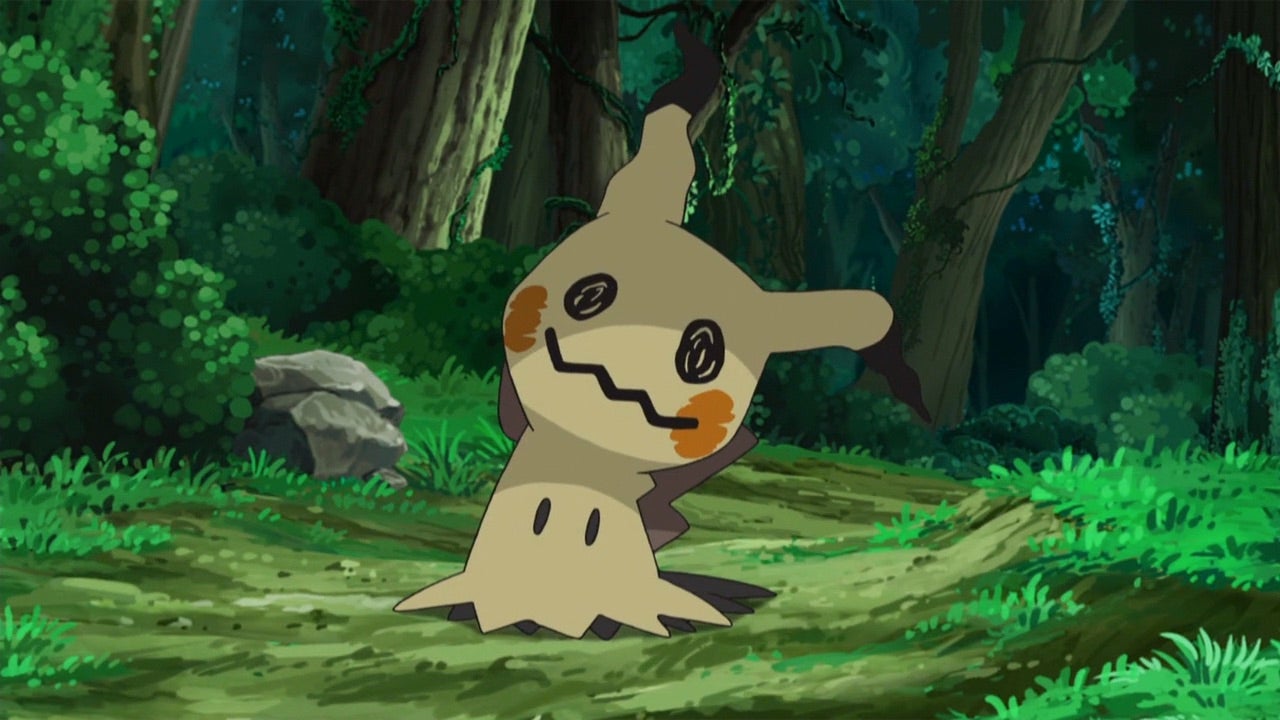
“I think Pokémon stumbles into queer politics completely by accident,” Hill said in an email. “Like when trainers in the anime are faced with decisions of which stones/items to use to evolve their mons. The question of whether the mon should choose what type it wants to be. A trainer lets their Eevee meet different eeveelutions and decide for themselves which type they want to become. Ash never uses a Thunder Stone to evolve Pikachu because Pikachu doesn’t want to become a Raichu. There are many stories like this in the anime. Stories about identity and autonomy that, purposeful or not, speak to a queer experience. Allowing ‘mons to choose their outward expression and how their power will manifest is lowkey powerful. There’s a lot of affirming self-identity and self-expression in both the game and anime.”
While there’s plenty of subtext to be found and themes to relate to, Pokémon doesn’t typically deal with overt queerness in its world. There are certainly characters that are queer-coded, such as Wallace from Pokémon Ruby and Sapphire and Penny from Pokémon Scarlet and Violet, but by and large, the franchise stops short of saying outright that anyone is queer. In some ways, this has been helpful for queer players because it means they’re free to project whatever they want on their player character, but in other ways, the games still reinforce the gender binary in a way that queer players often have to work around in order to feel represented.
“There are the occasional flirty characters but I think I always appreciated that the show didn’t centre romantic relationships,” Jamnah said in an email. “As a viewer and player you have a lot of room to map whatever you want onto character relationships and identities and that felt good. I wish the games weren’t still so binary in things like character outfits and styling. They’re like either you’re a girl or a boy or everyone wears pants. The characters we interact with outside our avatars have become more fun and interesting in their appearances though.”
Fairy Pokémon break the gender binary
Fairy Pokémon play into these ideas of gender fluidity and internal projection, because unlike all the other typings in the game, fairy-type Pokémon have no visible gender differences. The series integrated gender differences in Generation IV, and it was retroactively added for old Pokémon to give a visual distinction to males and females. Though this wasn’t applied to every Pokémon, all Fairy Pokémon look exactly the same regardless of their gender.
Though Fairy Pokémon break traditional gender binaries, Pokémon fashion is still somewhat visually beholden to the gender binary, despite making strides in recent years.
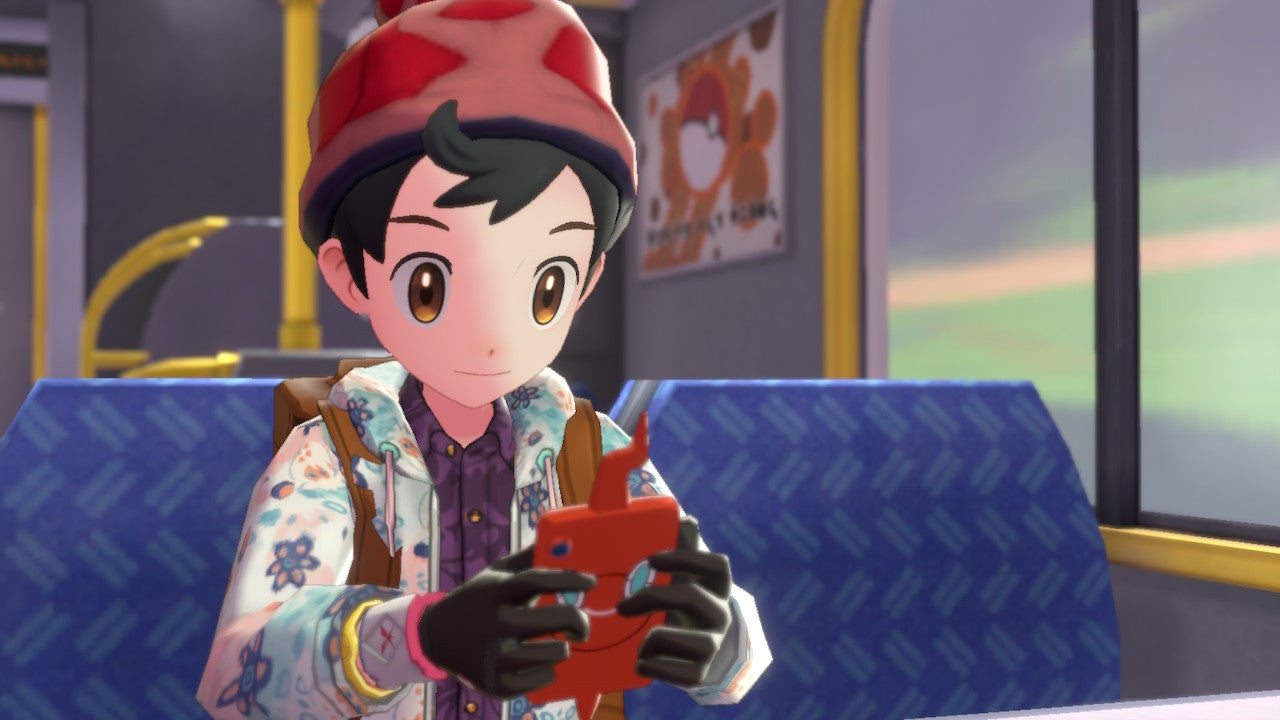
“I can make my avatar look however I want them to look, even though I have to make them either a boy or girl for the script,” Hill said “I feel like I can represent and express myself within the game’s framework. Most of the storytelling in the games and in the series centre relationships between trainers and their mons. So in many ways, Pokémon is a world that allows us to project onto it. I’m not explicitly reflected but neither am I excluded.”
You can’t mention queer people and fairy Pokémon without acknowledging the history of the term “fairy” as it pertains to queer history. Fairy was considered a derogatory slur toward gay men up until the 1960s. Ashley Remminga, a Pokémon fan and a postgrad scholar in transgender studies in popular culture, says fairy Pokémon feel like an extension of reclaiming that word, and using their power against intimidating dragon-type Pokémon feels in keeping with that theme.
“I think the fact that they are super effective against dragons, this big, tough type of Pokémon, is very symbolic of the challenges queer people face,” Remminga said in an email. “Perhaps also the language of ‘fairy’, a term that has been used to insult queer people, possibly being reclaimed or in a state of reclamation amongst queer people.”
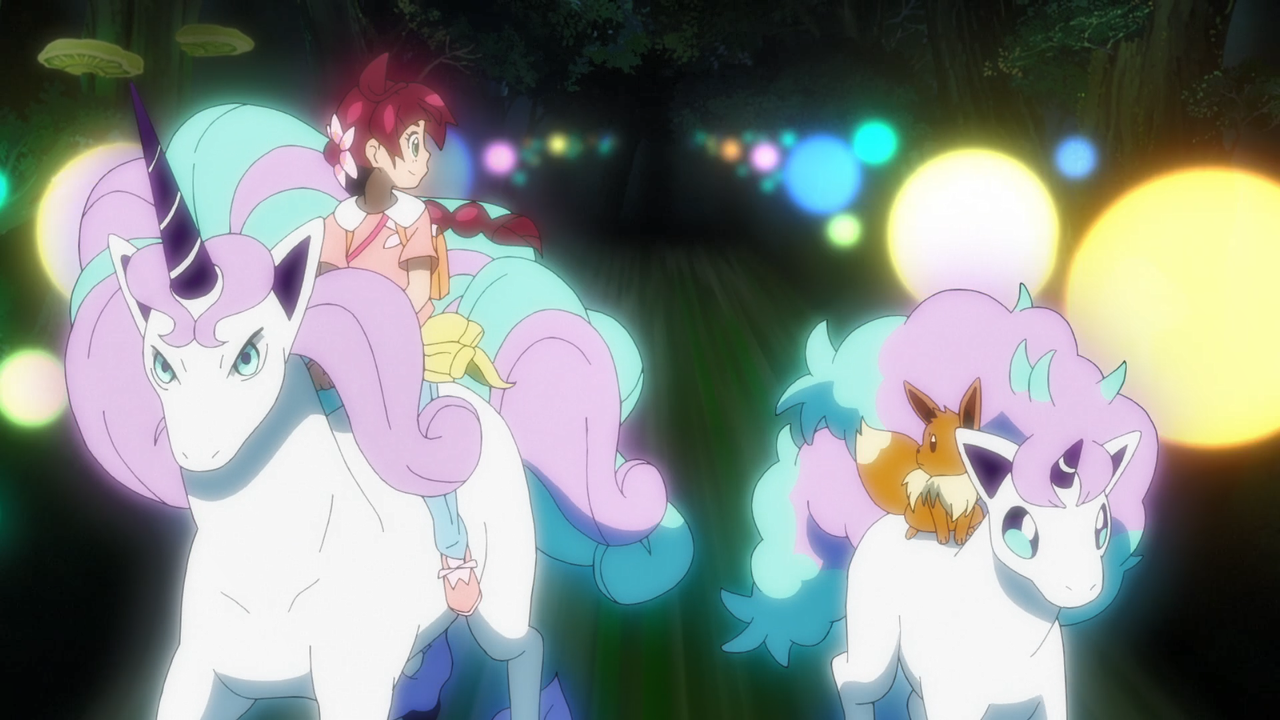
Fairy Pokémon are just one of several ways the franchise has felt like it’s making an attempt to cater to queer sensibilities, even if it isn’t always in overt ways. As Grey points out, the Pokémon franchise has made significant shifts in its fashion, storytelling, and creature design that have let it grow alongside the queer fans who have been playing its games for years. Whether the games are knowingly reflecting more modern, open-minded trends or Game Freak and The Pokemon Company have hired more queer people, Pokémon feels like it’s constantly giving knowing nods to the LGBTQIA+ trainers, and fairy Pokémon are just one piece of that puzzle.
“Let’s be honest, Pokémon and the medium of games have a lot of work to do when it comes to visibility,” Grey said. “That being said, [queer people] are everywhere, including probably some designers at Game Freak. Those queer ideals sneak their way into the games in coded ways, and we see that. Queer people have long had to see ourselves through code and possibility.”
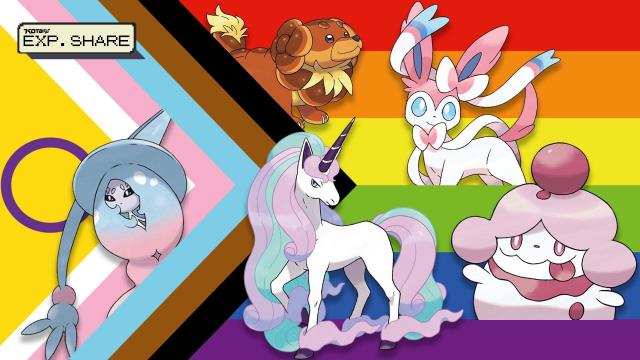
Leave a Reply